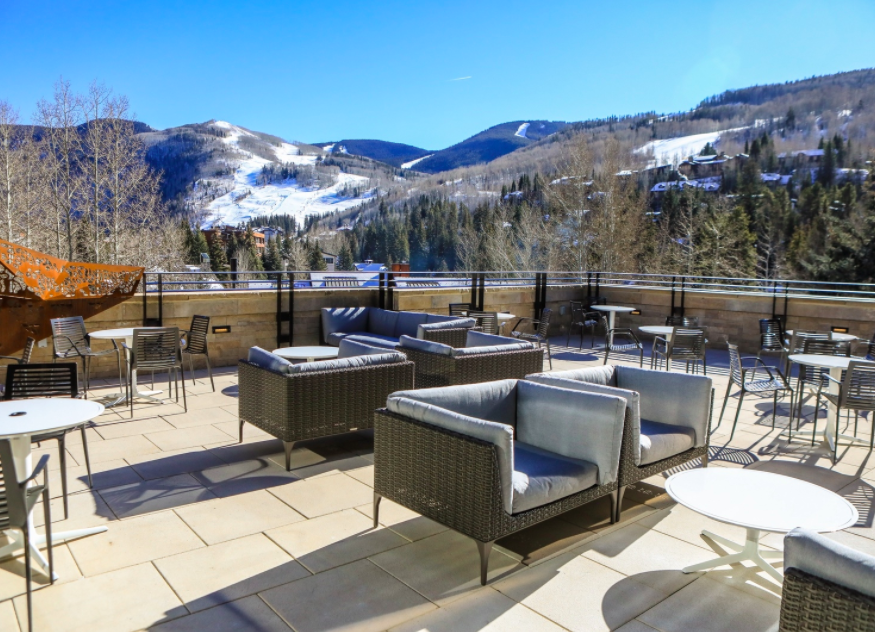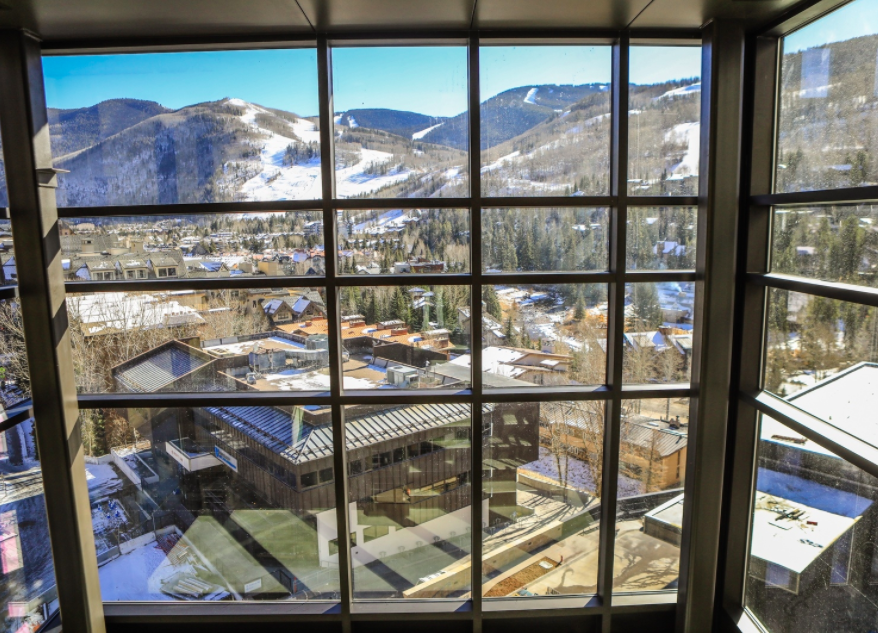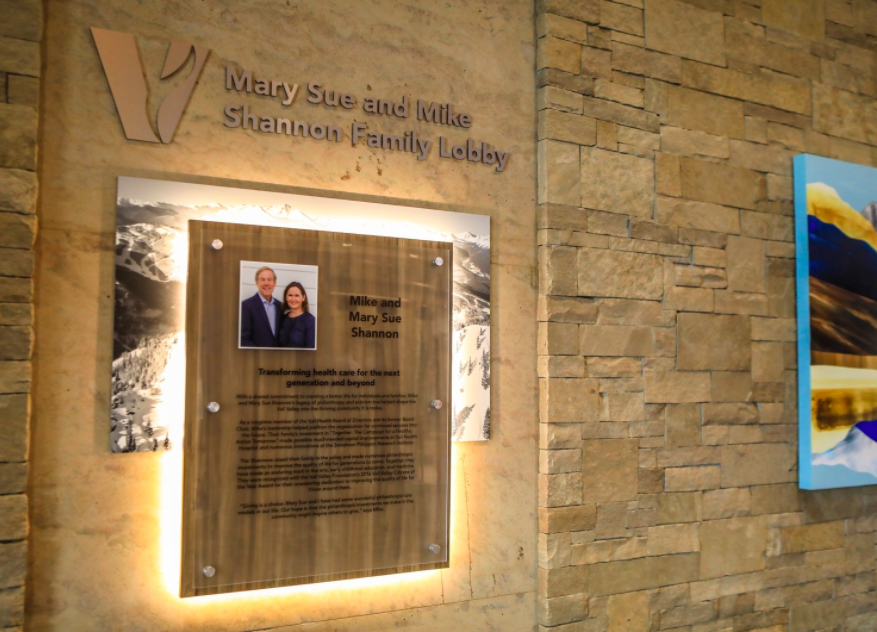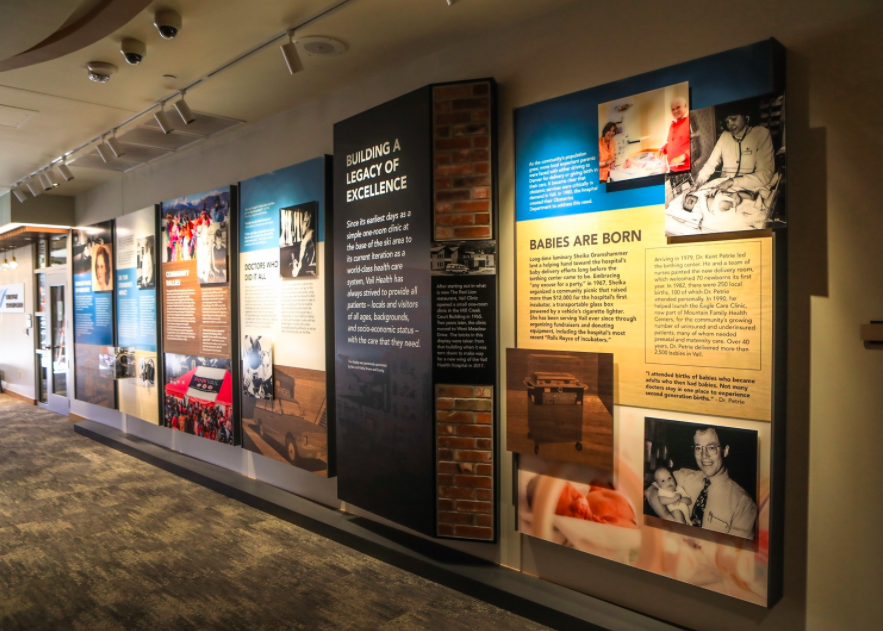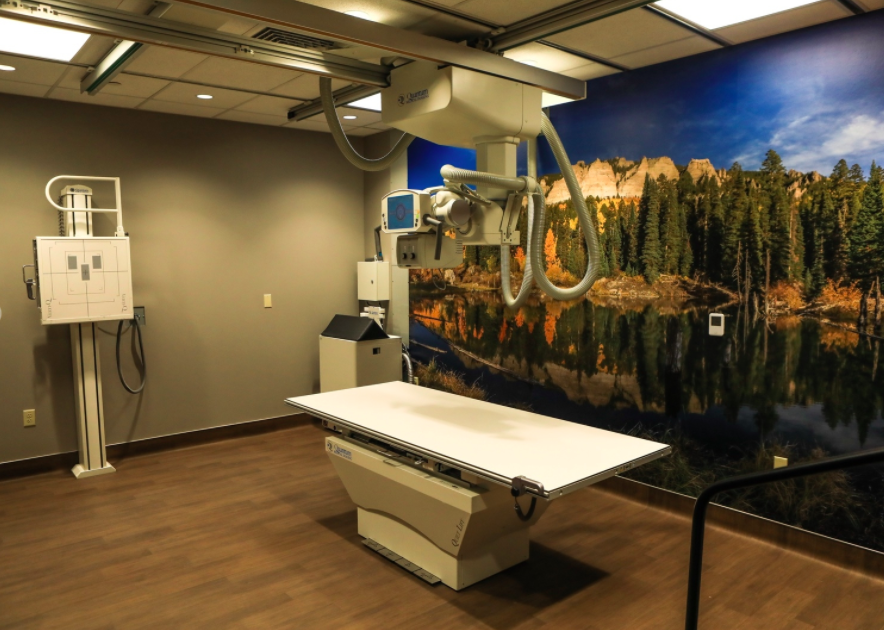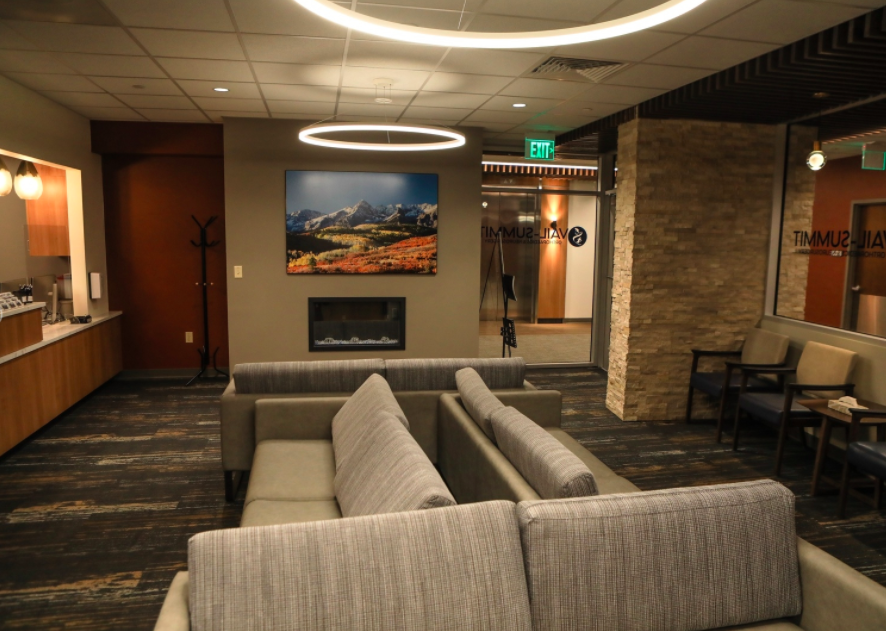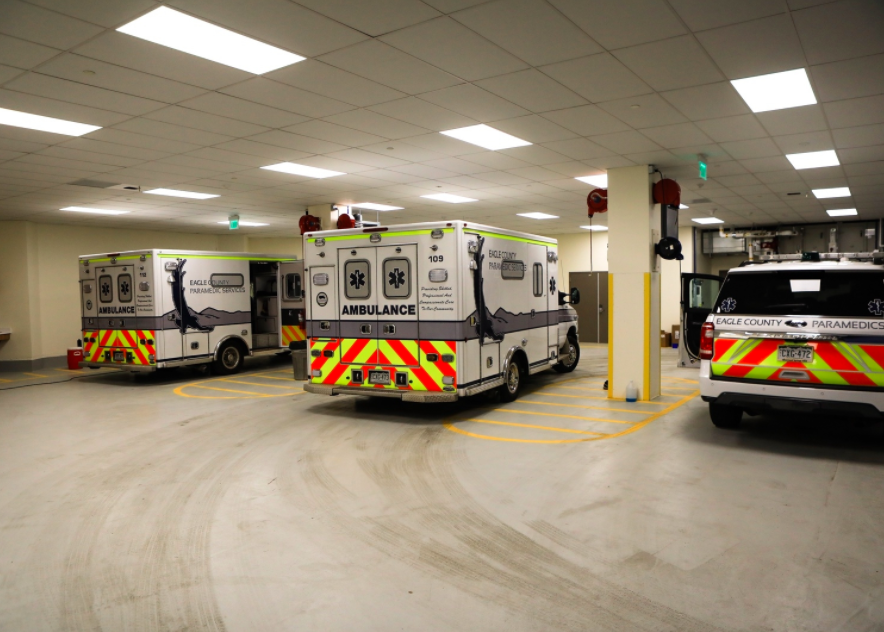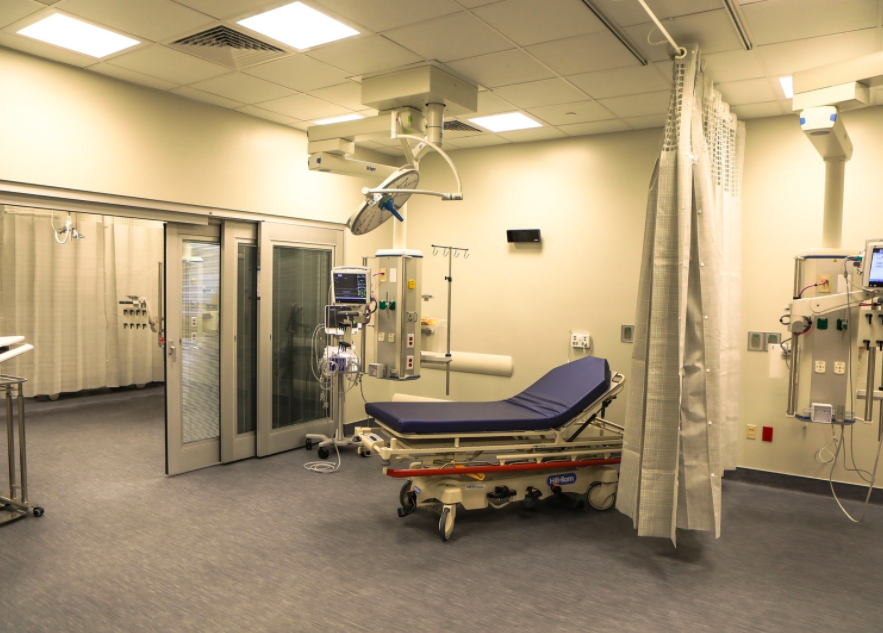Vail Health’s New East Wing Opens Tuesday
This article and photos first appeared in the Vail Daily on November 30, 2020.
On Tuesday, Vail Health will open its new east wing, a $194 million, years-in-the-making expansion aimed at modernizing the hospital experience for Vail patients.
Those visiting the hospital will now access the building from Vail’s South Frontage Road, where a new intake, emergency department and waiting room greet guests. Patients of The Steadman Clinic and Howard Head Sports Medicine will continue to use the Meadow Drive access.
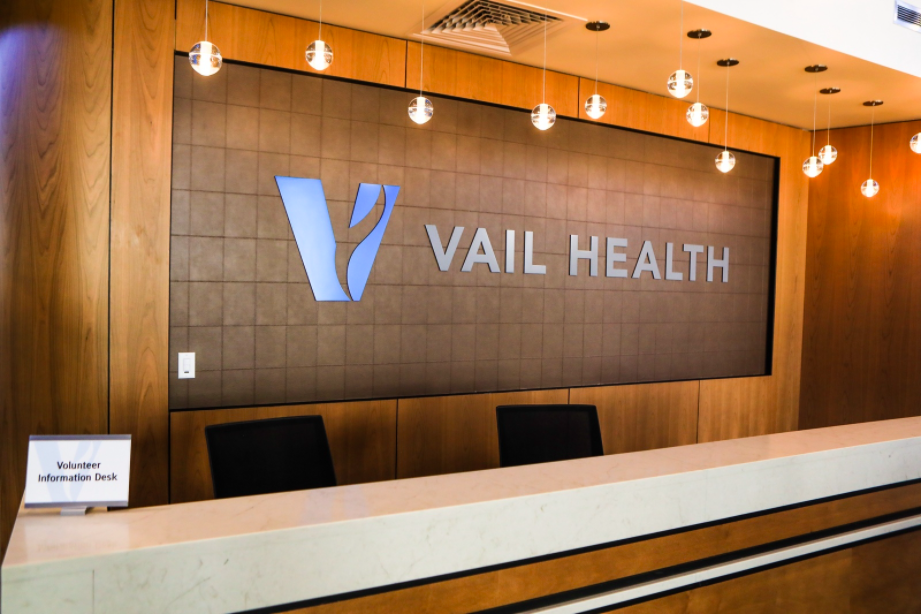
The new hospital wing is 350,000 square feet and completes Vail Health’s new medical campus, which has been in planning since 2014 but started in earnest with the hospital’s $68M west wing expansion, unveiled in 2017. The new medical campus also includes a central wing connecting the east and west wings, for a total campus of 520,000 square feet.
While the east wing’s new emergency department holds about the same number of patients, the flow has been streamlined so ambulances are not using Meadow Drive and traveling through a portion of the Vail Village pedestrian zone. The outdoor ambulance bay the hospital once used has been forgone for a new, indoor ambulance bay in the east wing, directly attached to the emergency department, with emergency medical technicians living on-site.
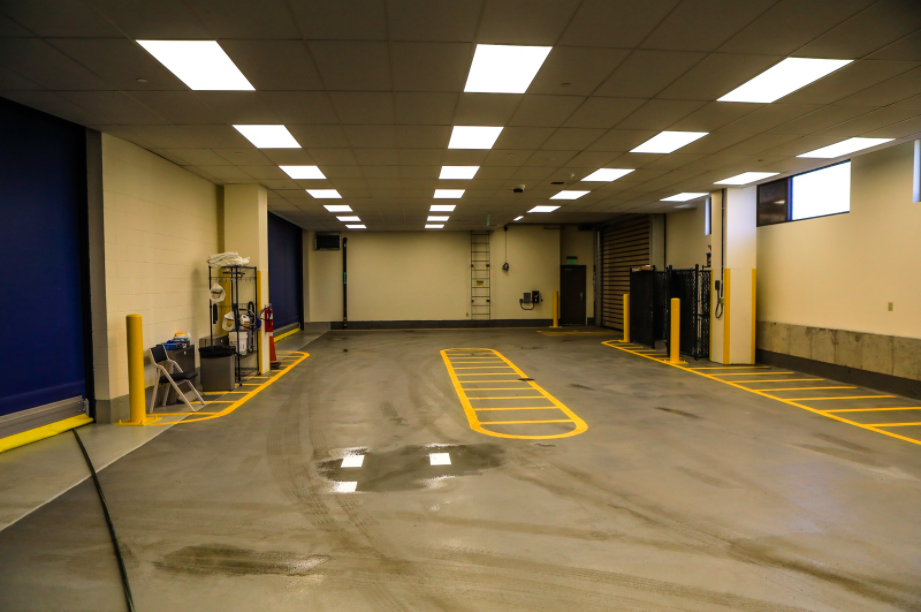
Vail Health Chief Real Estate Development Officer Craig Cohn said the indoor ambulance bay and South Frontage Road entrance will shave valuable minutes off the process of getting patients out of the ambulance and into the hospital by avoiding Meadow Drive.
“The aim of the project was to modernize and streamline the experience for anyone needing medical attention in our community,” Cohn said during a tour of the east wing on Monday. “Hopefully, this takes some of the stress away for those wondering if they will need to go to the Front Range to receive medical care – this new facility will meet the needs of our community well into the future.”
COVID-Surge Ready
The existing emergency department, in the hospital’s west wing, will remain intact in case of a surge in COVID-19 cases.
“Managing this during COVID certainly added some extra hoops to jump through in trying to build a building this big and this complex, but part of why it was such a big priority was, we now have that extra capacity with a great facility that can help us manage a COVID surge if we have to, in the old (emergency department),” Cohn said.
While the plans were mostly laid before the pandemic, some last-minute additions, including an isolation room, were added to the new emergency department. The old emergency department will remain functional until the end of the COVID-19 pandemic, but perhaps longer, Cohn said.
“We’ll keep it in place specifically for that reason, for the near future, at least,” Cohn said. “To make sure that we can continue to take care of any COVID surge we may have to manage, and keep the (emergency department) functioning in as normal of a capacity as possible at the same time.”
Skyscraper Helipad
Circular raceways surround the new emergency department, improving large functions – like getting patients to imaging – and small functions, like helping patients find a bathroom. The new emergency department has four times as many bathrooms as the former facility, and taking a patient to get an X Ray or MRI no longer requires an elevator ride.
And an elevator ride is now all that separates patients from an awaiting helicopter, for those who do need to be shipped to a different medical facility in a hurry.
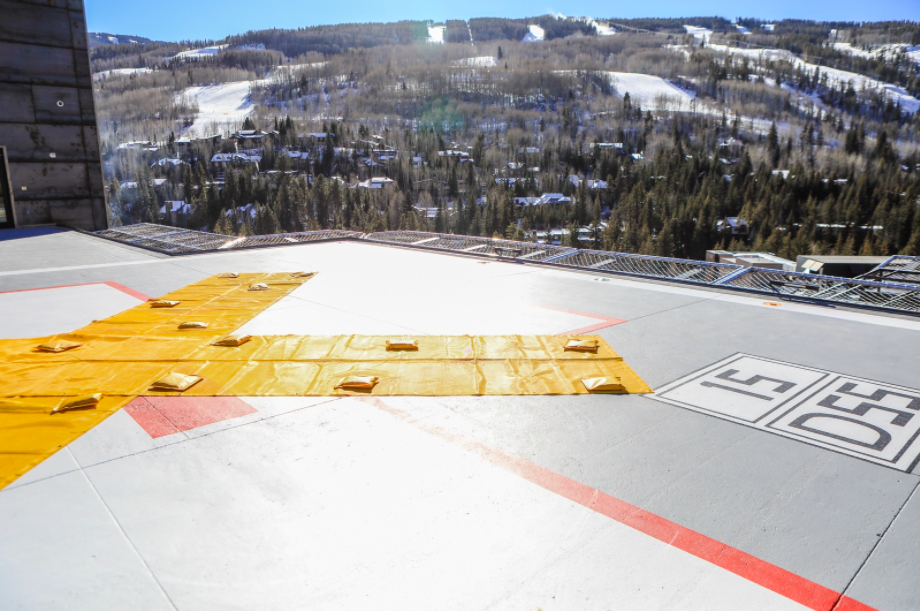
Cohn said the new process of simply taking a patient up an elevator to the on-site helipad will shave 30 to 40 minutes off the hospital’s previous practice of transporting patients by ambulance to the former helipad near Vail town hall, which sits below the interstate and poses a challenge to pilots who must navigate weather and the freeway in reaching the former helipad.
Cohn said the helipad was also the reason for the high tower on the facility, which bears a closer resemblance to an urban skyscraper than any other building in Vail, and required special approvals from the town.
“It’s built so the helipad will always be the highest point in town,” Cohn said.
